Premier AI Development Resources
Explore these deployable AI applications or build on top of the open source code.

Generative AI
DeepSeek* and Small Scale Model Performance
DeepSeek-R1, a new reasoning model, bridges the gap between large-scale performance and local deployment by offering advanced reasoning capabilities in a small language model (SLM).
- Advanced Reasoning: Efficiently transfers complex reasoning to SLMs for local deployment.
- Innovative Techniques: Uses Group Relative Policy Optimization (GRPO) and chain-of-thought (CoT) reasoning.
Custom AI Assistant

Use speech recognition and natural language processing (NLP) in a voice-activated tool that can respond with annotated summaries, actionable recommendations, and insight.
- Natural language processing, speech recognition
- Uses Llama 2 or later and Distil-Whisper
- Use cases include healthcare, retail, and finance
ChatQnA Application
 This ChatQnA use case performs RAG using LangChain, Redis VectorDB and Text Generation Inference on Intel Gaudi2 or Intel XEON Scalable Processors. The Intel Gaudi2 accelerator supports both training and inference for deep learning models in particular for LLMs.
This ChatQnA use case performs RAG using LangChain, Redis VectorDB and Text Generation Inference on Intel Gaudi2 or Intel XEON Scalable Processors. The Intel Gaudi2 accelerator supports both training and inference for deep learning models in particular for LLMs.
Intel Models on Hugging Face*

OpenVINO™ Toolkit Notebooks
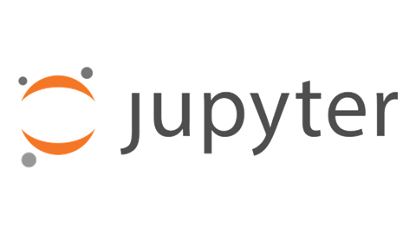
Use Cases
GenAI has the potential to revolutionize creative industries, enhance content generation processes, and drive innovation across industries and applications.
Training, Tutorials and Certifications
Explore the possibilities of developing on the Intel® Developer Cloud with our curated list of AI tutorials.
LLMs
With the ability to generate text, summarize and translate content, respond to questions, engage in conversations, and perform complex tasks such as solving math problems or reasoning, LLMs have the potential to benefit society at scale.
Llama* 2 Fine-Tuning with Low-Rank Adaptations (LoRA) on Intel® Gaudi®2 AI Accelerator
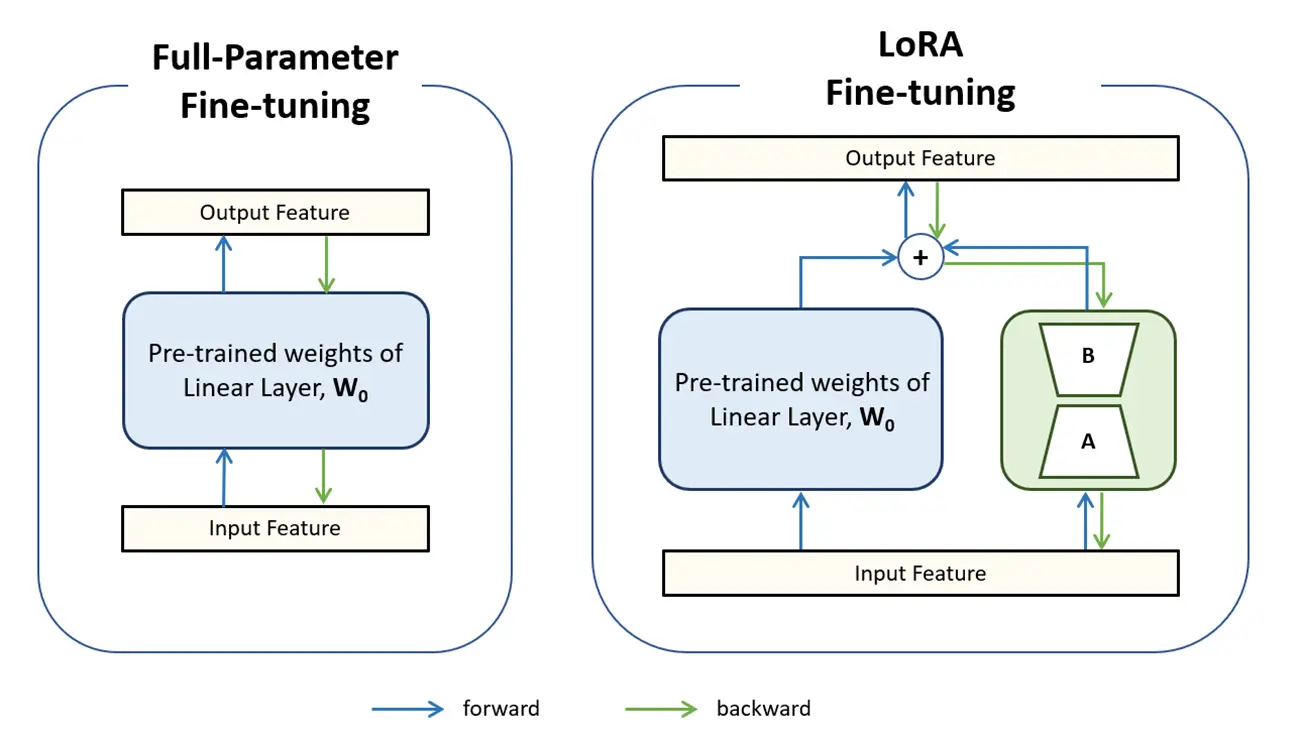 Learn how to fine-tune Llama 2 70B with DeepSpeed ZeRO-3 and LoRA* techniques on eight Intel® Gaudi® 2 AI accelerators.
Learn how to fine-tune Llama 2 70B with DeepSpeed ZeRO-3 and LoRA* techniques on eight Intel® Gaudi® 2 AI accelerators.
GenAI Essentials: LLM Inference
See LLM inference on the latest Intel Data Center GPU Max 1100 using two models; Camel 5B and Open LLaMA 3B v2l.
Custom AI Assistant

Learn how to run Llama 2 inference on Windows* and Windows Subsystem for Linux* (WSL2) with Intel® Arc™ A-Series GPU.
Comprehensive Strategies for Optimization and Deployment with the OpenVINO™ Toolkit

Use the OpenVINO toolkit to compress LLMs, integrate them into AI-assistant applications, and deploy them for maximum performance, whether on edge devices or in the cloud.
Weight-Only Quantization to Improve LLM Inference on AI PCs
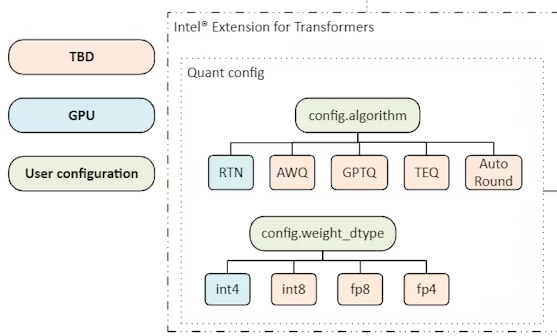
Take advantage of weight-only quantization (WOQ) to improve LLM inference using Intel® Extension for PyTorch* on AI PCs featuring Intel® Core™ Ultra processors (formerly code named Meteor Lake).
Retrieval Augmented Generation (RAG)
RAG supplements pretrained models with up-to-date, proprietary, and confidential data from vector databases during inference. This simplifies customization and updating, and enables attribution of generated information to its source.
RAG Inference Engines with LangChain* on CPUs
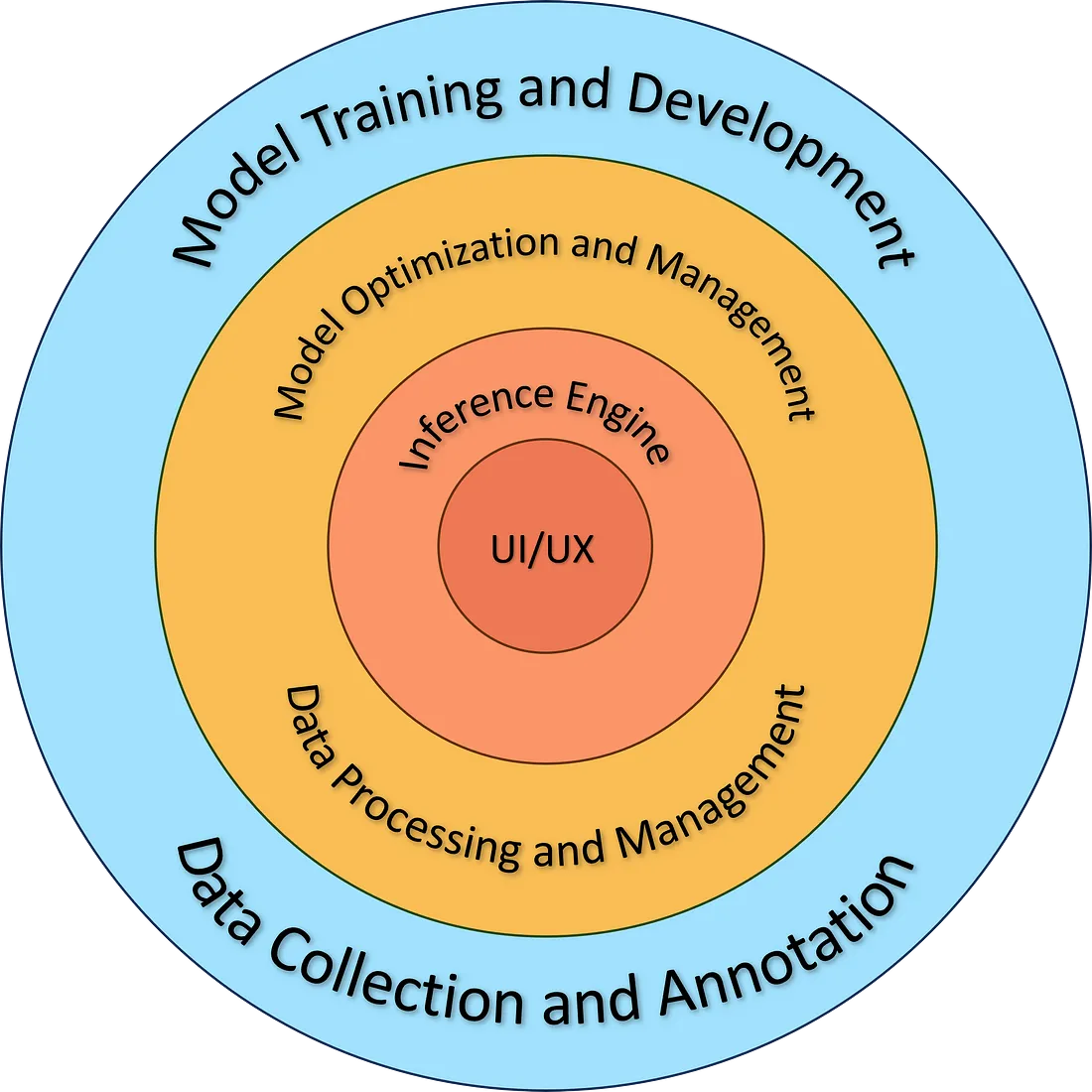 Develop a unique vantage point on RAG — understanding its role and potential in scalable inference within production-scale LLM deployments.
Develop a unique vantage point on RAG — understanding its role and potential in scalable inference within production-scale LLM deployments.
Create a RAG system using OpenVINO and LlamaIndex
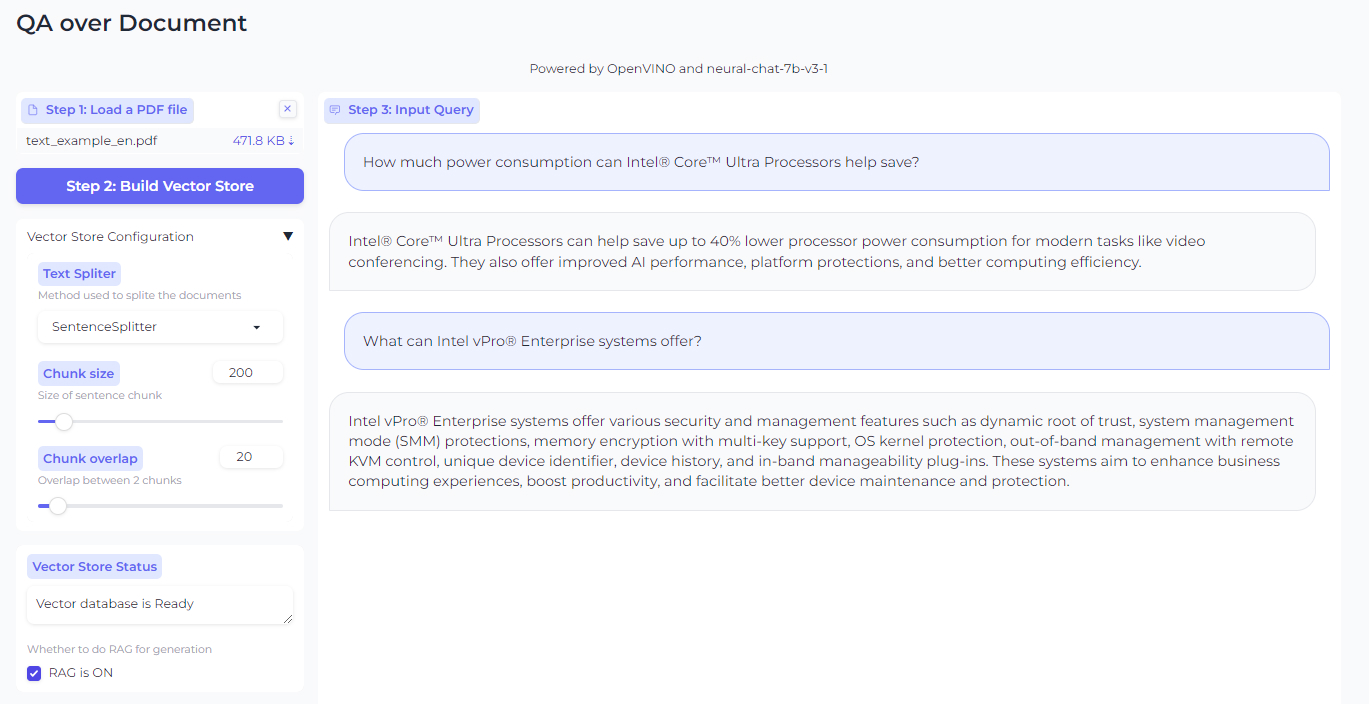 Build AI applications that can reason about private data or data introduced after a model’s cutoff date by augmenting the knowledge of the model with the specific information it needs. The process of bringing the appropriate information and inserting it into the model prompt is known as Retrieval Augmented Generation (RAG).
Build AI applications that can reason about private data or data introduced after a model’s cutoff date by augmenting the knowledge of the model with the specific information it needs. The process of bringing the appropriate information and inserting it into the model prompt is known as Retrieval Augmented Generation (RAG).
Building Blocks of RAG: Harness the Value of Your Data with Domain-specific LLMs
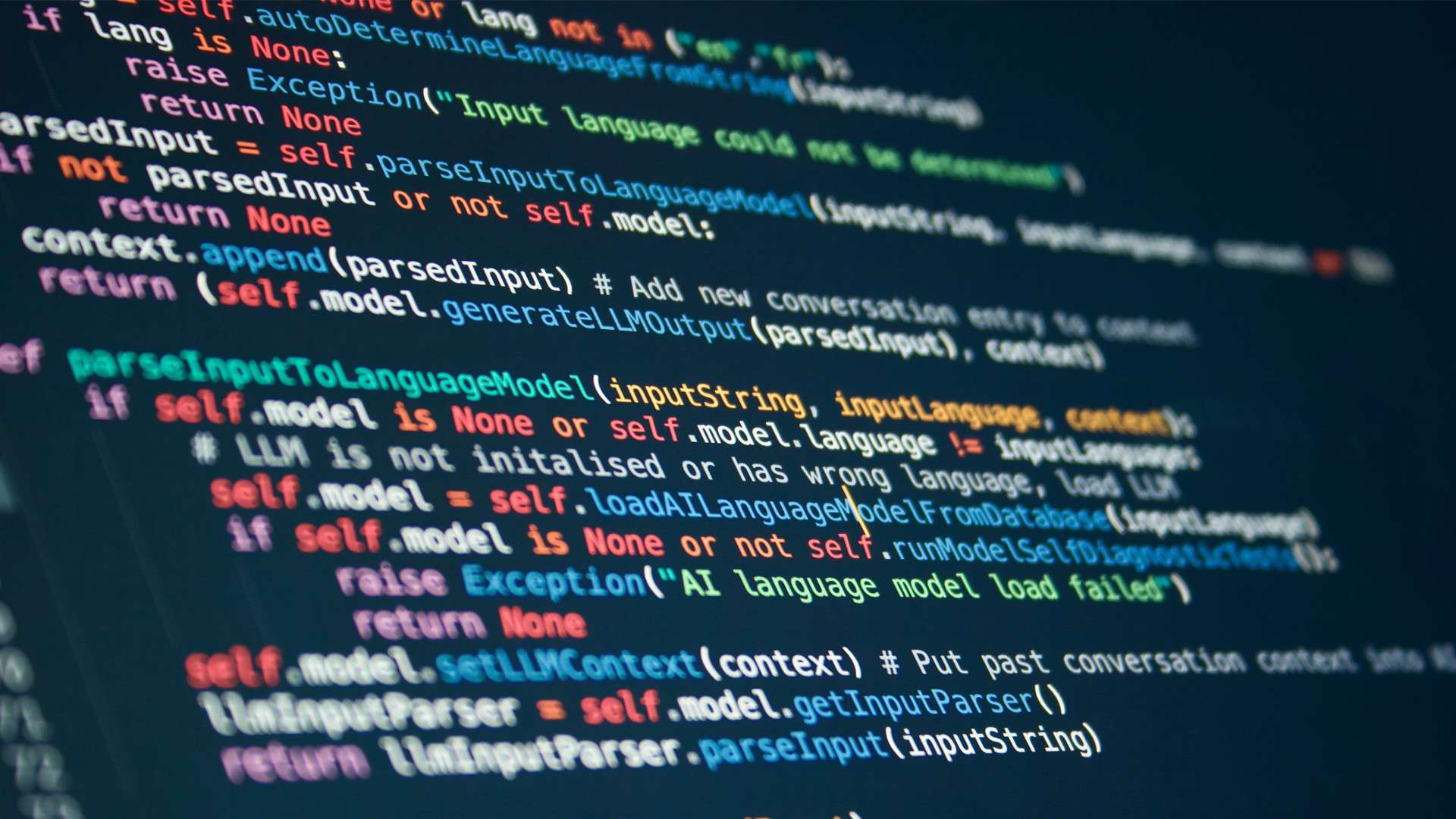 Learn how retrieval augmented generation plus Intel hardware and software can help you yield incredible value and performance for your production GenAI models.
Learn how retrieval augmented generation plus Intel hardware and software can help you yield incredible value and performance for your production GenAI models.
Image, Video, and Audio Generation
Image or video generation creates new content based on descriptive text or image input. Audio generation clones and creates voices, sounds, and music from text prompts or input audio. These techniques typically rely on diffusion or transformer models.
Controllable Music Generation with MusicGen and OpenVINO™ Toolkit
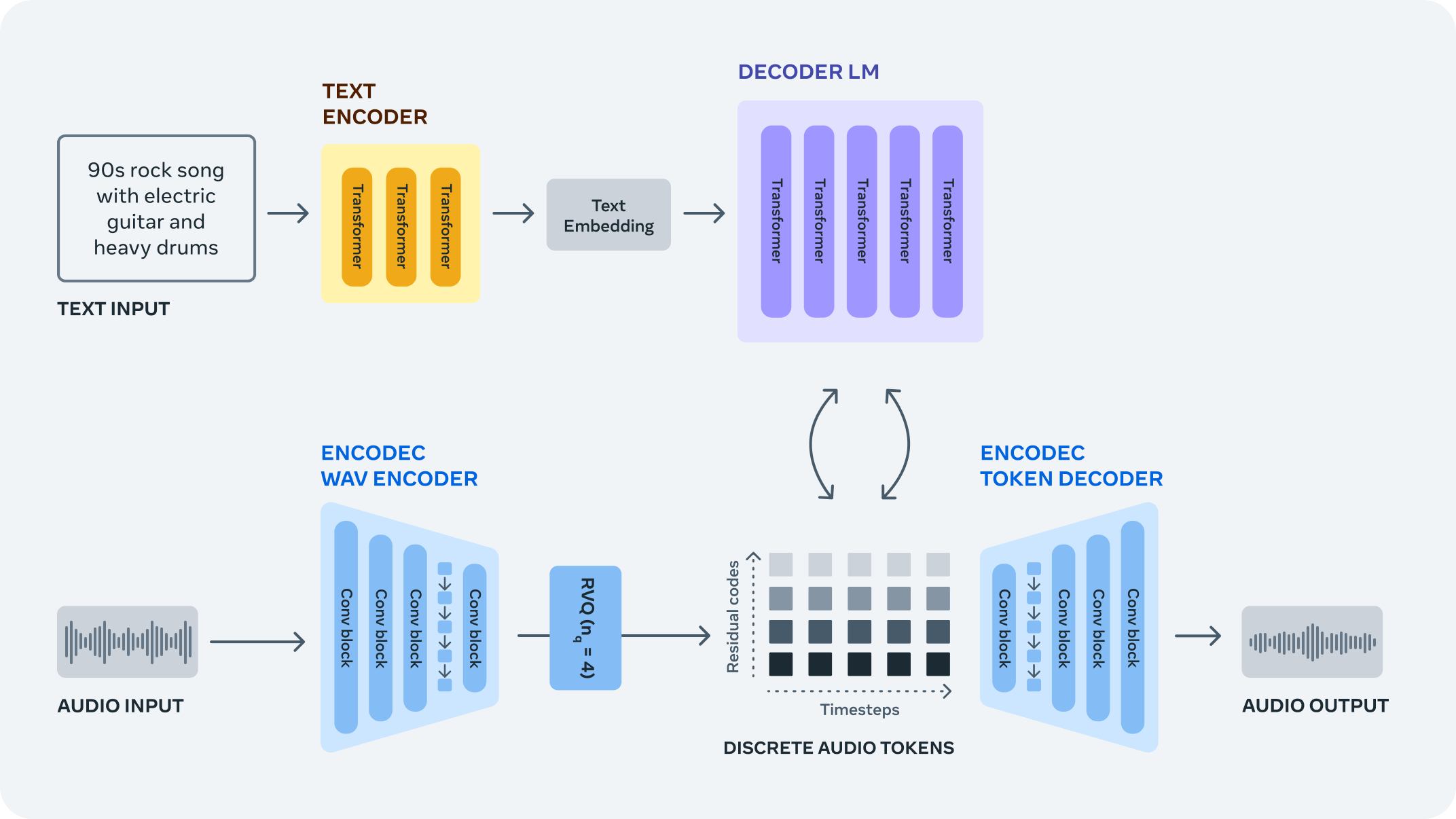 MusicGen is a single-stage auto-regressive Transformer model capable of generating high-quality music samples conditioned on text descriptions or audio prompts.
MusicGen is a single-stage auto-regressive Transformer model capable of generating high-quality music samples conditioned on text descriptions or audio prompts.
Stable Diffusion Inference on Intel Arc and Data Center GPUs
 Set up and run a stable diffusion model using Intel® Arc™ Discrete Graphics and Pytorch or Tensorflow framework.
Set up and run a stable diffusion model using Intel® Arc™ Discrete Graphics and Pytorch or Tensorflow framework.
Text-to-Video Generation with ZeroScope and OpenVINO Toolkit
 The ZeroScope model is a free and open-source text-to-video model that can generate realistic and engaging videos from text descriptions.
The ZeroScope model is a free and open-source text-to-video model that can generate realistic and engaging videos from text descriptions.
Text-to-Image Generation with Stable Diffusion* on Intel® Developer Cloud
 These models take text as input and generate an image from that text prompt.
These models take text as input and generate an image from that text prompt.
Code Generation
GenAI can create or suggest new code snippets using natural language or text prompts. This technology can also translate code from one programming language to another and efficiently test and debug computer code.
Optimize Code Development with LLMs on the Intel Developer Cloud
 Generate code more efficiently with optimized LLMs on Intel® Data Center GPU Max Series
Generate code more efficiently with optimized LLMs on Intel® Data Center GPU Max Series
GenAI Software and Ecosystem
Data
Data engineering at scale:
Vector embedding:
Vector databases:
Develop
Pretrained models:
Distributed training and fine-tuning:
RAG and agents:
Optimize & Deploy
Model optimization:
Inference serving:
Monitoring:
 Generative AI (GenAI) models create new content such as images, text, audio, or video based on their training data. Large general-purpose models require extensive resources to train from scratch, but you can customize these foundation models with less effort using fine-tuning or retrieval based on a private dataset.
Generative AI (GenAI) models create new content such as images, text, audio, or video based on their training data. Large general-purpose models require extensive resources to train from scratch, but you can customize these foundation models with less effort using fine-tuning or retrieval based on a private dataset. Machine learning turns complex data into real-world insights , from customized marketing and fraud detection to supply chain optimization and personalized medicine. Choose the right type of machine learning for your application and begin developing using software optimized for Intel hardware.
Machine learning turns complex data into real-world insights , from customized marketing and fraud detection to supply chain optimization and personalized medicine. Choose the right type of machine learning for your application and begin developing using software optimized for Intel hardware. Computer vision is a field within AI that gives machines a human-like ability to see and understand the world. This cutting-edge technology is transforming lives by enabling a wide range of devices to extract meaningful data from digital images and video.
Computer vision is a field within AI that gives machines a human-like ability to see and understand the world. This cutting-edge technology is transforming lives by enabling a wide range of devices to extract meaningful data from digital images and video.
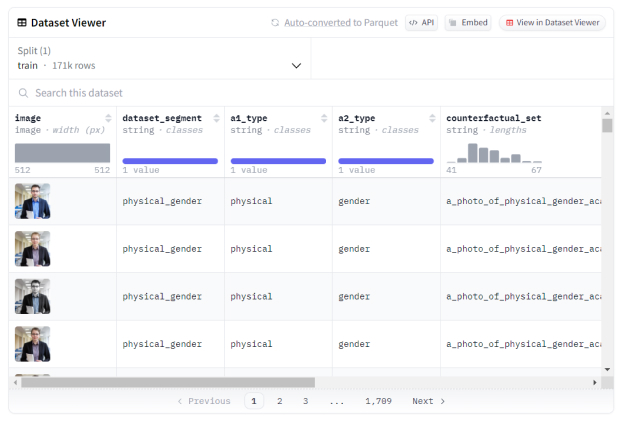
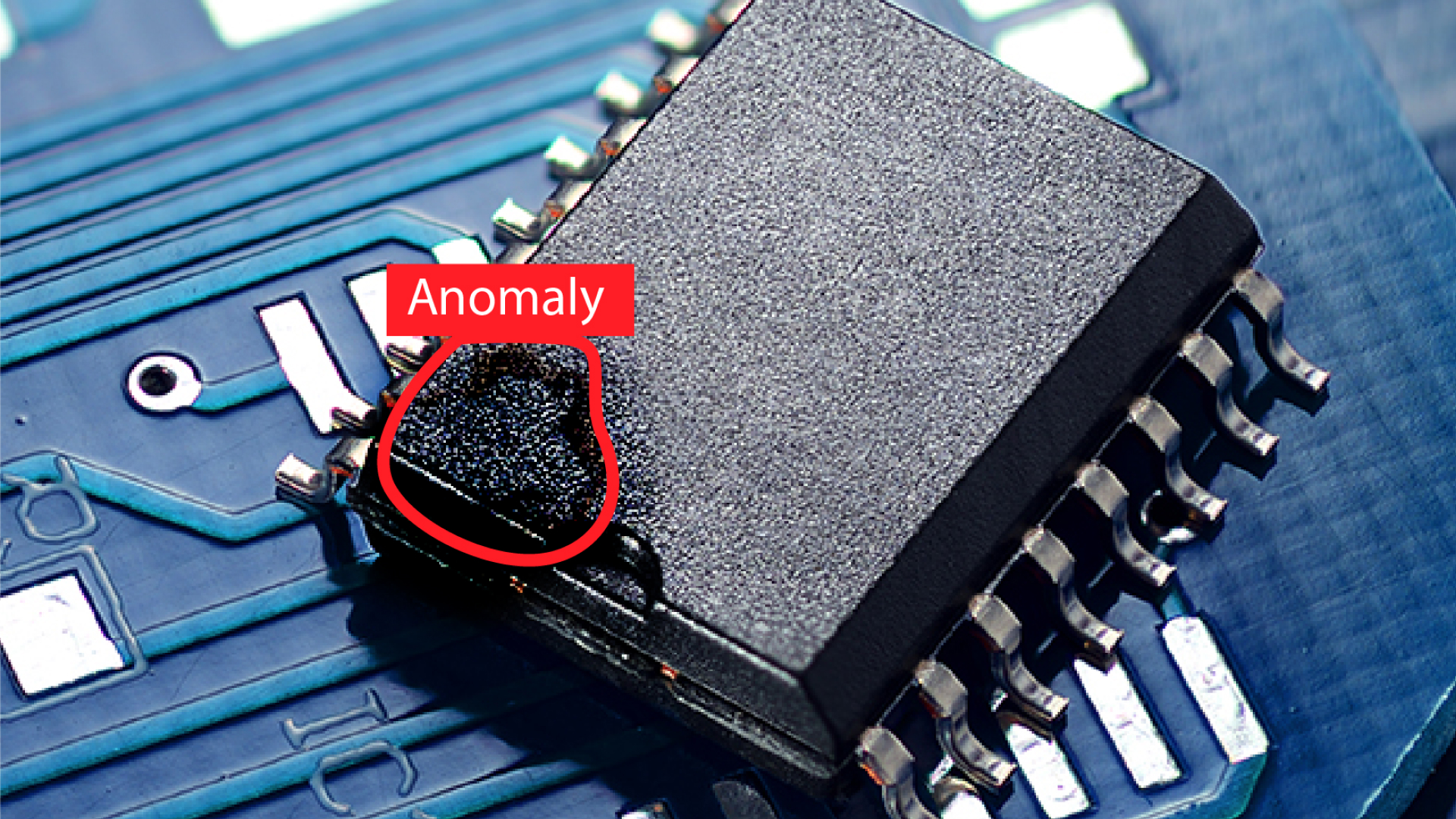 This comprehensive solution to quality control uses computer vision and unsupervised learning for anomaly detection to catch manufacturing defects in real time.
This comprehensive solution to quality control uses computer vision and unsupervised learning for anomaly detection to catch manufacturing defects in real time.

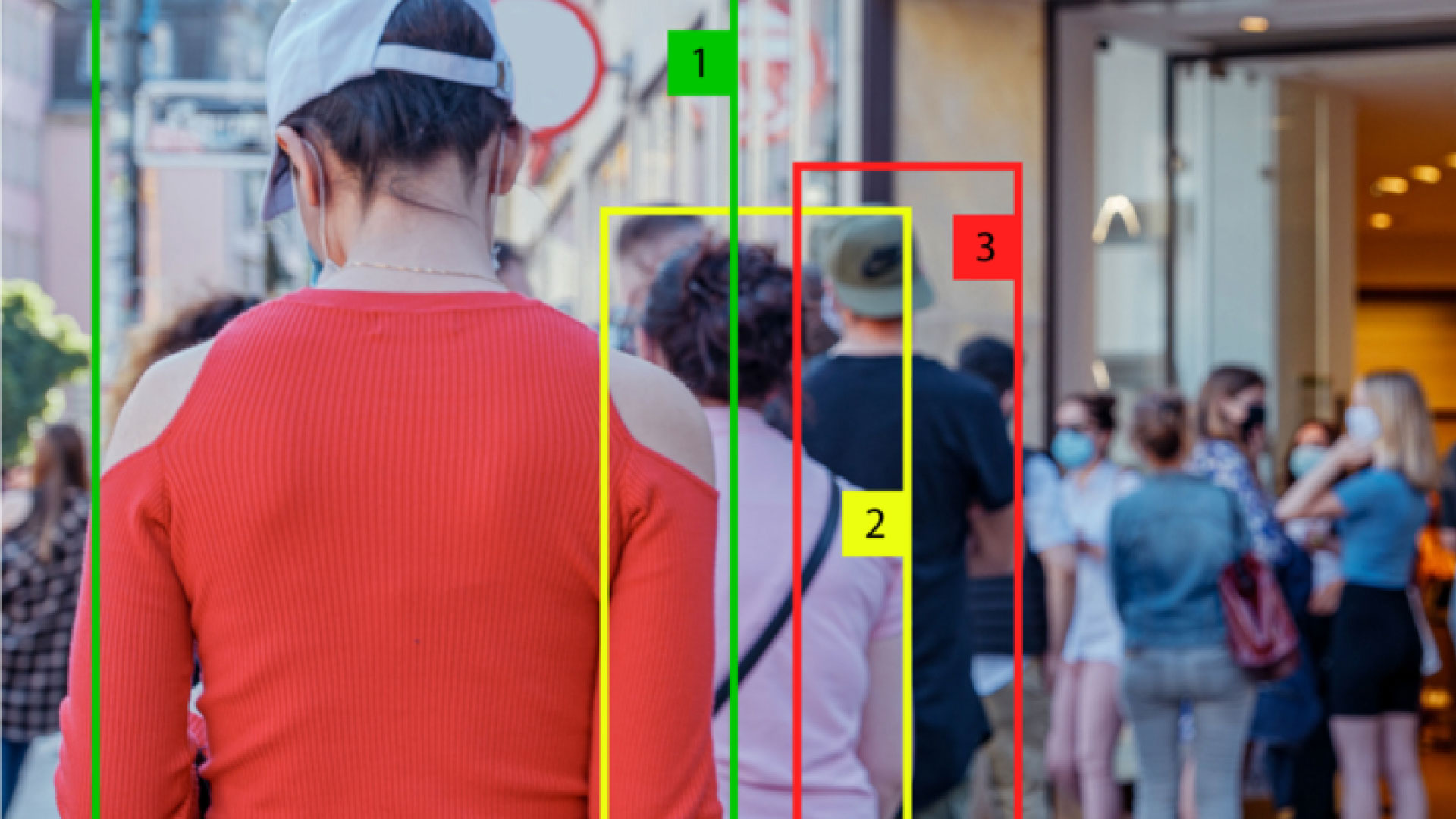
 Automate meter reading using computer vision and segmentation to transform analog data into digital data. It is useful for any industry that uses analog meters.
Automate meter reading using computer vision and segmentation to transform analog data into digital data. It is useful for any industry that uses analog meters.  This course provides an overview of machine learning fundamentals on modern Intel architecture.
This course provides an overview of machine learning fundamentals on modern Intel architecture. Leverage Intel® Software Guard Extensions on Virtual Machines to Deploy Secure, Accelerated Machine Learning Pipelines
Leverage Intel® Software Guard Extensions on Virtual Machines to Deploy Secure, Accelerated Machine Learning Pipelines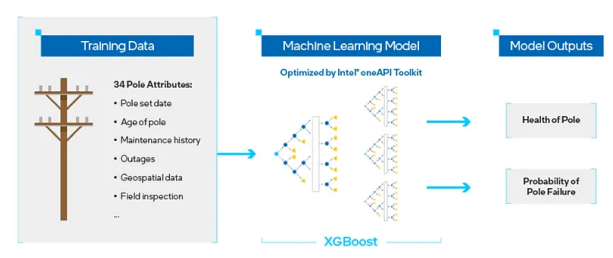
 This article focuses on the XGBoost algorithm and compares its performance to related tree-based models. We can access the XGBoost algorithm as a Python package (xgboost) using Anaconda*, Python pip, or other package managers. We install the relevant dependencies step-by-step as we progress through this tutorial.
This article focuses on the XGBoost algorithm and compares its performance to related tree-based models. We can access the XGBoost algorithm as a Python package (xgboost) using Anaconda*, Python pip, or other package managers. We install the relevant dependencies step-by-step as we progress through this tutorial.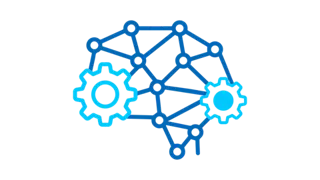 Train
Train Interpret
Interpret Infer
Infer Create a Dinosaur Bone Likelihood Map and Use It to Discover New Dinosaur Fossils
Create a Dinosaur Bone Likelihood Map and Use It to Discover New Dinosaur Fossils  Follow along with the steps to work with a satellite image dataset called SpaceNet5 and how to optimize the code to make deep learning workloads feasible on CPUs just by flipping a few key switches.
Follow along with the steps to work with a satellite image dataset called SpaceNet5 and how to optimize the code to make deep learning workloads feasible on CPUs just by flipping a few key switches.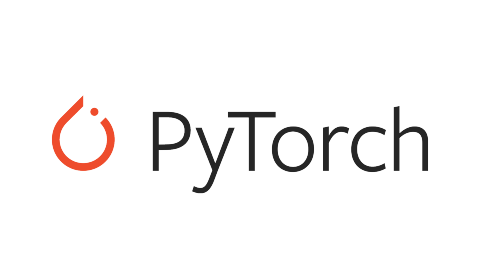 Learn how to perform PyTorch for ResNet*-50 model training and inference using the CIFAR-10 dataset on a discrete Intel GPU with Intel Extension for PyTorch.
Learn how to perform PyTorch for ResNet*-50 model training and inference using the CIFAR-10 dataset on a discrete Intel GPU with Intel Extension for PyTorch.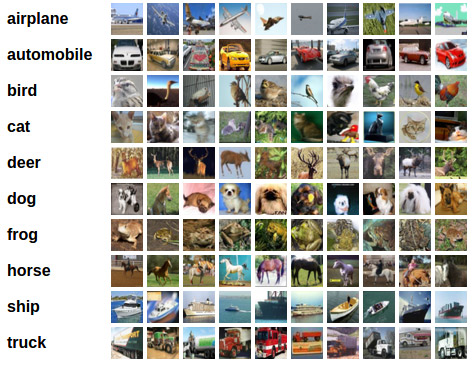 Learn how to train a Convolutional Neural Network (CNN) to classify images. Start with CPU training, and then adjust the model on Gaudi HPU.
Learn how to train a Convolutional Neural Network (CNN) to classify images. Start with CPU training, and then adjust the model on Gaudi HPU.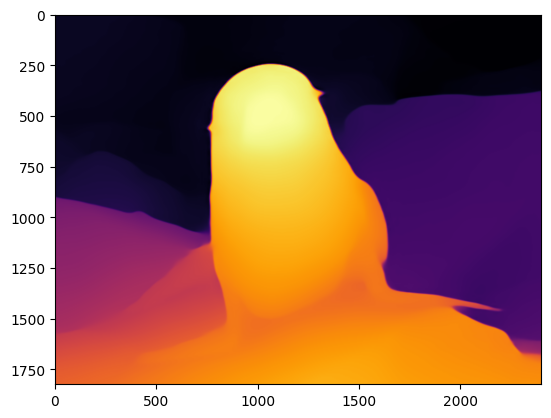 Depth Anything is a highly practical solution for robust monocular depth estimation. Without pursuing novel technical modules, this project aims to build a simple yet powerful foundation model dealing with any images under any circumstances.
Depth Anything is a highly practical solution for robust monocular depth estimation. Without pursuing novel technical modules, this project aims to build a simple yet powerful foundation model dealing with any images under any circumstances.  Learn steps to create a clipped image with background clutter removed from the image using Monocular Depth Estimation.
Learn steps to create a clipped image with background clutter removed from the image using Monocular Depth Estimation. 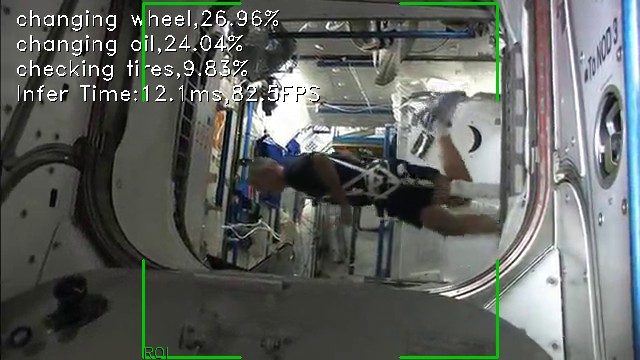 This notebook demonstrates live human action recognition with OpenVINO, using the Action Recognition Models from Open Model Zoo, specifically an Encoder and a Decoder.
This notebook demonstrates live human action recognition with OpenVINO, using the Action Recognition Models from Open Model Zoo, specifically an Encoder and a Decoder.
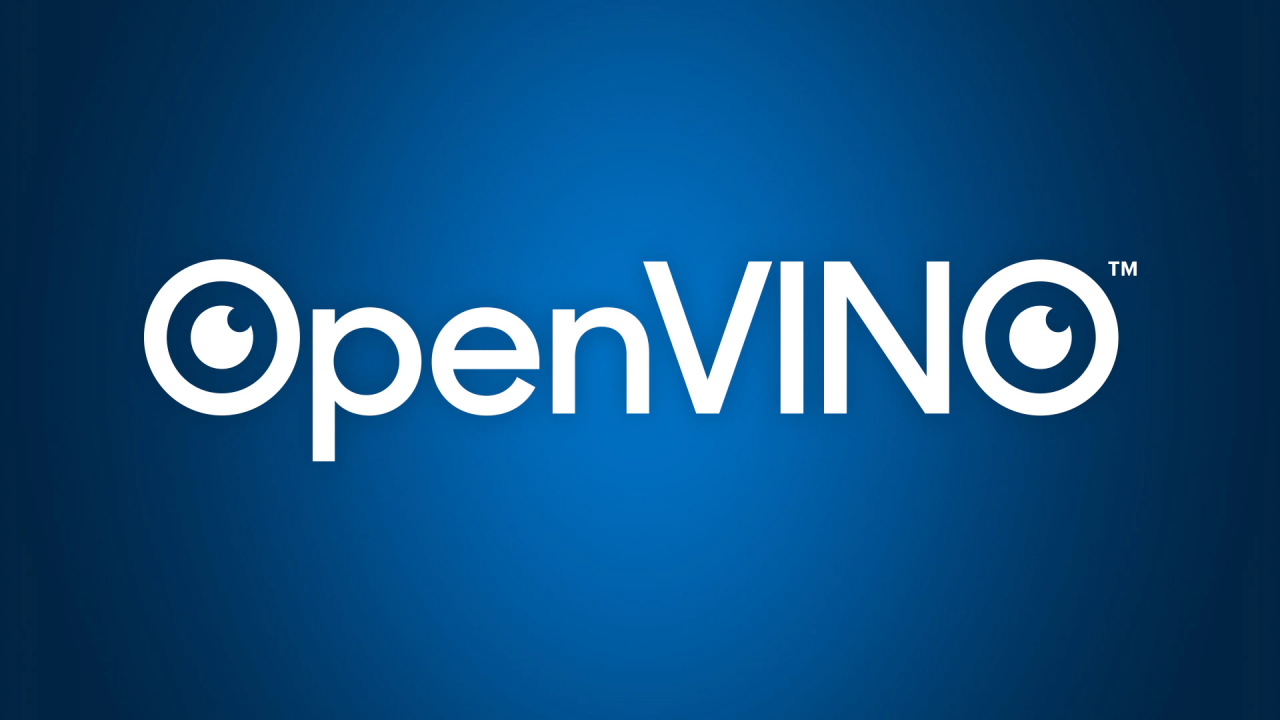 This free, open source toolkit helps AI inferencing models run faster and makes them easier to deploy on your existing hardware. The OpenVINO™ toolkit was founded in computer vision—it's even in the name: Open Visual Inference and Neural Network Optimization.
This free, open source toolkit helps AI inferencing models run faster and makes them easier to deploy on your existing hardware. The OpenVINO™ toolkit was founded in computer vision—it's even in the name: Open Visual Inference and Neural Network Optimization.